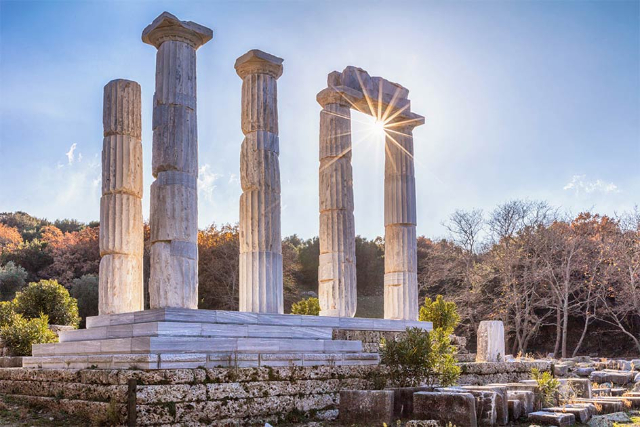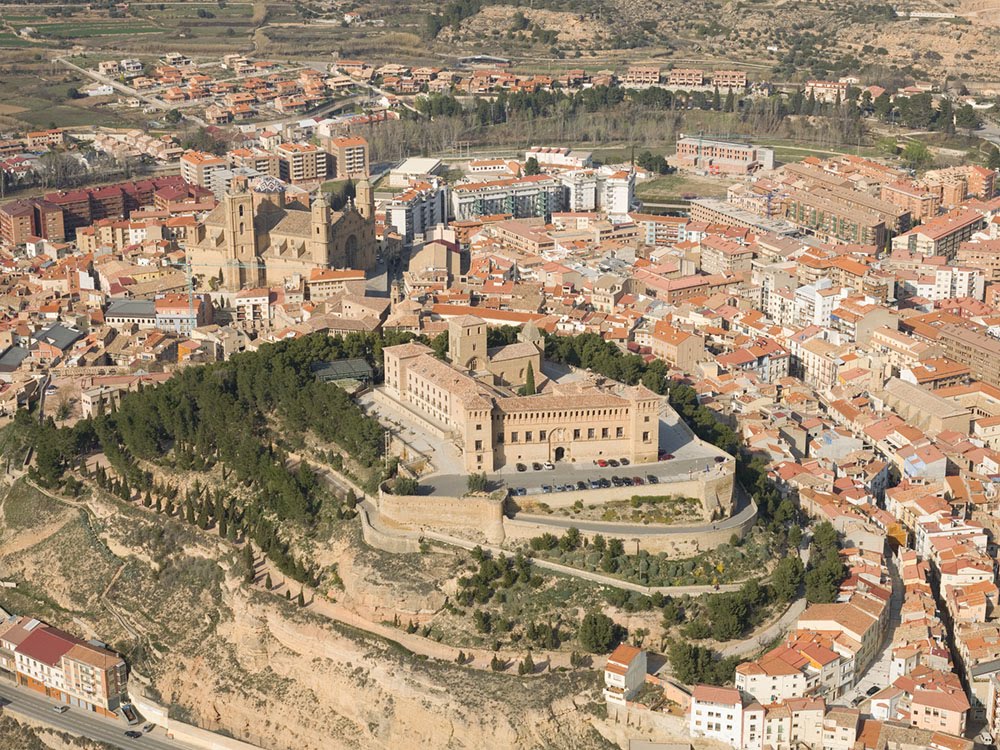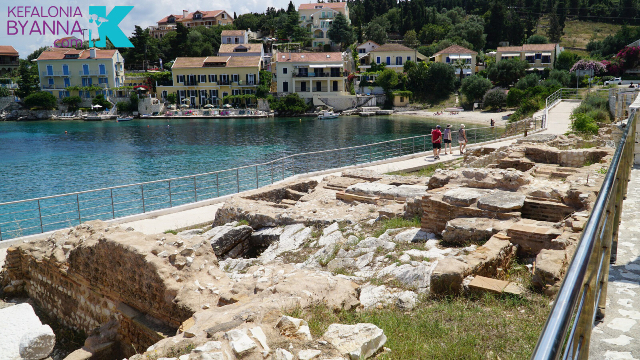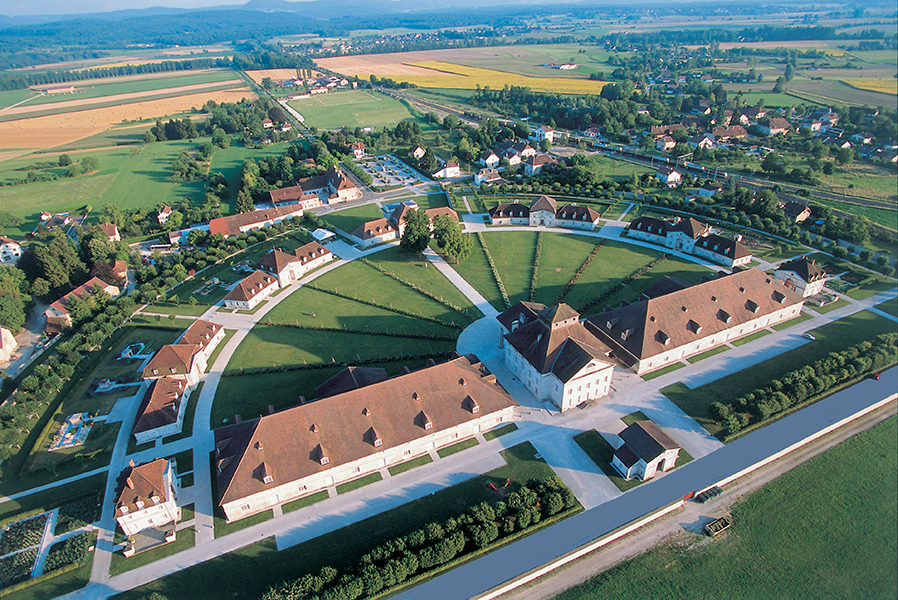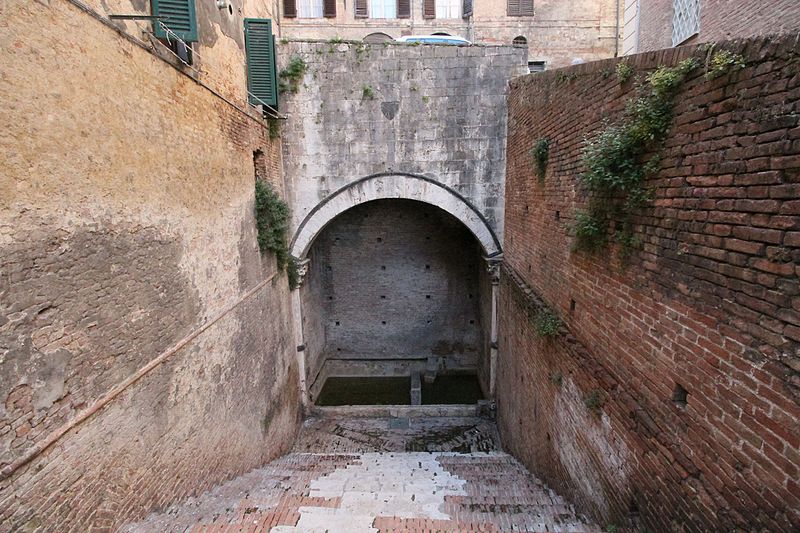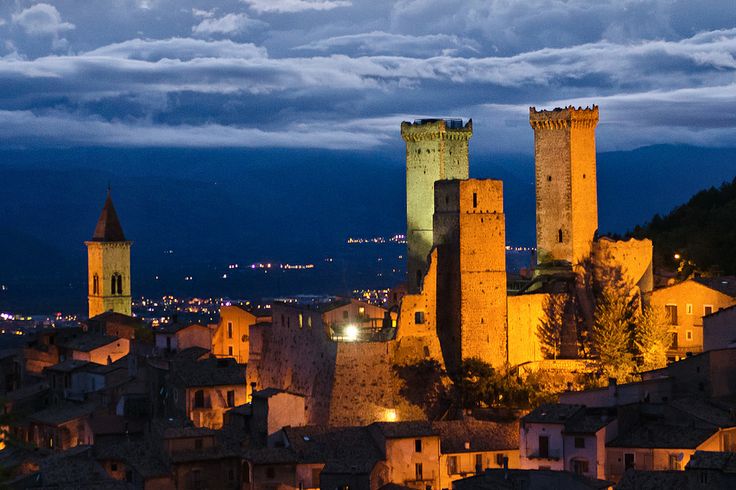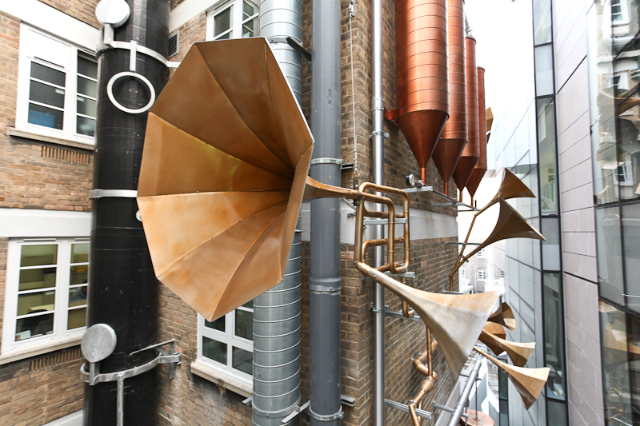The Samothrace Sanctuary of the Great Gods in Paleopoli, Greece, isn’t just an archaeological site; it’s a treasure trove of historical, spiritual, and architectural wonders. Covering a considerable area on the island of Samothrace, the sanctuary is set amidst the breathtaking backdrop of Mount Saos, Greece’s highest peak on an island. The area is sprinkled with lush vegetation, enhancing the mystical aura that surrounds this historical complex.
Originally constructed between the 4th and 2nd centuries BCE, the sanctuary consists of various buildings that served different religious and social functions. One of the most captivating is the Anaktoron, a structure where the most secret religious rites, known as the “Mysteries,” were believed to have taken place. Initiation into these mysteries was a significant spiritual event, sought after by individuals from various backgrounds—ranging from slaves to aristocrats.
In the Theatre, another key building in the complex, worshippers would gather to watch religious performances and possibly other kinds of displays aimed at pleasing the gods. The theater’s acoustics are remarkably well-designed, a testament to the advanced engineering skills of the time.
The Stoa building is a long, covered walkway adorned with columns, a meeting place for devotees and perhaps a market for religious artefacts and offerings. Fragments of frescoes and inscriptions are still visible in parts of the Stoa, hinting at its vibrant past.
The sanctuary is also home to numerous altars dedicated to various gods and goddesses. The largest and most significant is the Great Altar, where sacrifices would have been performed. Stones blackened by ancient fires still bear witness to these rites.
The site was a melting pot of influences, with its architecture featuring a blend of Doric, Ionic, and Corinthian styles. Detailed friezes, intricate column capitals, and delicately carved reliefs are some of the artistic features that embellish these structures.
And of course, it was in this very sanctuary that the famous Winged Victory of Samothrace was discovered. Though now in the Louvre, its original location likely held significant religious importance, standing as an eternal symbol of victory and divine favor.
Touring this sanctuary isn’t just a walk through ancient ruins; it’s a step into a complex world of spirituality, art, and community that thrived over two millennia ago. Even today, the energy of the place is palpable, making it not just a must-visit for history buffs, but for anyone seeking to connect with the deeper layers of human civilization.

